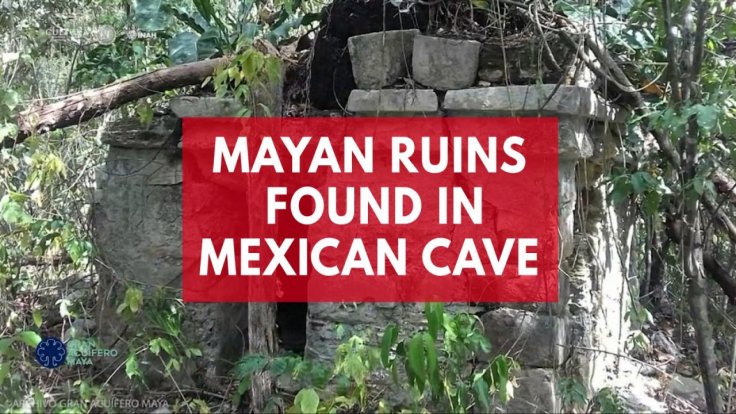
The giant Mexican cave, the world's most mysterious underwater archaeological site has shed light on ancient remains of the Ice Age, which are at least 9,000 years old. Initial analysis reveals that these remnants were of living creatures which roamed the planet in the last Ice Age.
This new discovery is expected to shed light even on the ancient Mayan civilization. As of now, researchers have discovered 200 archaeological sites in the cave system, and out of this, around 140 sites are Mayan. The research team has also found 248 cenotes at the 347-km Sac Actun cave system, and it showed particular religious significance to the Mayan people whose descendants continue to inhabit the region.
Some of the relics left by humans in the cave include ceramics, wall etchings, burned human bones among others. Apart from the human remains, researchers also discovered animal bones which include an ancient elephant-like creature, giant sloths, bears and various other extinct beings from the Pleistocene period.
The new discovery from the submerged cave has excited archaeologists all around the world. "I think it's overwhelming. Without a doubt, it's the most important underwater archaeological site in the world. It is very unlikely that there is another site in the world with these characteristics. There is an impressive amount of archaeological artefacts inside, and the level of preservation is also impressive," said Guillermo de Anda, a researcher at Mexico's National Anthropology and History Institute (INAH), Reuters reports.
The most recent Ice Age on the earth began 2.6 million years ago and ended around 11,700 years ago. According to experts at INAH, the water levels inside the cave might have risen by 100 meters, at the end of Ice Age, and it might have played a crucial role in providing the ideal conditions for the preservation of the remains of extinct megafauna from the Pleistocene.









